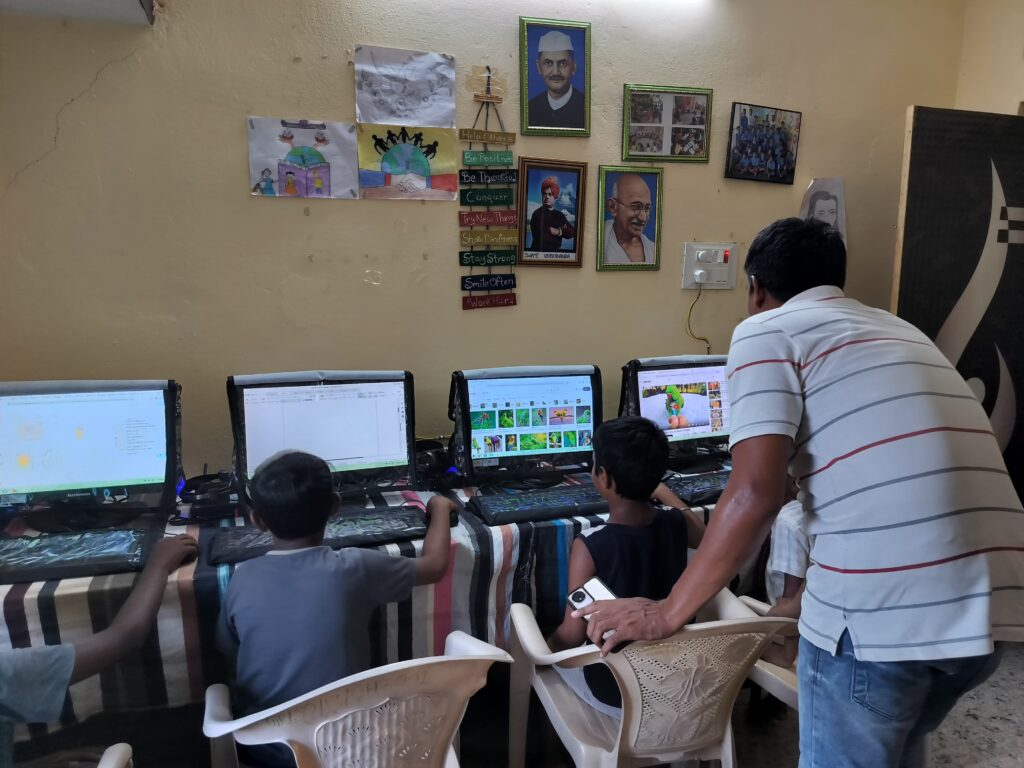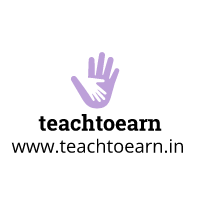EdTech platforms promise the moon—toppers, IIT seats, coding prodigies—but behind the polished ads and emotional hooks lies a business model built on fear, not learning. In this candid conversation, Dr. Malpani breaks down how many EdTech companies exploit parental anxiety and sell illusions of success, rather than empowering children to think, explore, and grow. And he offers a powerful alternative: community-driven learning pods that put real education back in the hands of families.

Parent: Dr. Malpani, I’m honestly confused. Every EdTech company I see has shiny ads, motivational videos, and big promises — “Your child will top the boards,” “Crack IIT from home,” “Become a coding genius at 10.” It sounds impressive. But I can’t help wondering… is it all just marketing?
Dr. Malpani: That’s a very important and timely question. The sad truth is that much of today’s EdTech industry has become an assembly line for selling false hope — not real learning. And they do it very well.
Parent: But aren’t they providing access to good content and online tutors?
Dr. Malpani: Some do. But let’s call out the elephant in the room — their business model isn’t built on empowering students. It’s built on exploiting fear and aspiration. They don’t educate your child — they manipulate you, the parent, into believing that if you don’t sign up, your child will fall behind.
Let me explain how this works.
1. The Dream Package
It always starts with a promise: “From zero to hero,” “Guaranteed success,” “Your child will become a topper.” These aren’t just taglines — they’re psychological hooks. They prey on every parent’s fear that their child will be left behind and their hope that this one product will be the magic bullet.
They don’t sell education.
They sell an illusion of success.
2. Fear-Based Marketing
Notice how their ads work. They never show a child learning. They show a child achieving — holding a trophy, getting an award, or receiving an acceptance letter. They’re not building curiosity. They’re building FOMO — Fear Of Missing Out.
“If you don’t buy this course, someone else’s child will get ahead.”
“If you don’t start now, it’ll be too late.”
So you pay — not because you believe in the product, but because you’re afraid not to.
3. Rote Learning, Repackaged
Many EdTech platforms simply take the worst parts of school — spoonfeeding, cramming, rote memorisation — and wrap them in jazzy apps and animation. But the core hasn’t changed.
They’re not teaching your child how to think.
They’re teaching them how to score — and worse, how to pretend they’re learning.
You get weekly reports, dashboards, gamified quizzes — but does your child actually understand anything? Or are they just clicking their way through?
4. The Endless Upsell
They start with a “free trial.” Then comes the “premium plan.” Then a “personal mentor upgrade.” Then “guaranteed success program.” Before you know it, you’ve spent ₹50,000+ — and your child is still stuck in the same boring routine, now just in front of a screen.
The product isn’t the course.
The product is your anxiety.
And they’ll keep selling as long as you keep worrying.
Parent: That’s a hard pill to swallow. I genuinely believed these platforms were the future of education.
Dr. Malpani: Some of them had potential. But when VC money enters education, the focus shifts. It’s no longer about learning — it’s about scaling, retention, and monthly revenue.
That’s why they make you sign long-term contracts, hire call centres to chase you, and flood social media with success stories (most of which are cherry-picked or scripted).
5. Toppers Don’t Need the Product
Here’s the irony: most of the student “success stories” they showcase — the toppers, the 99 percentilers — they’d probably have done well even without the platform. They are self-motivated, disciplined, and come from resource-rich homes.
The ones who do need help — children who are struggling, bored, or unmotivated — get left behind. The app doesn’t work for them. But by then, the sale is made, and your money is gone.
6. The Solution Isn’t in the Cloud — It’s in the Community
What we need isn’t another overpriced EdTech subscription.
We need to rethink education itself.
Why can’t learning be fun, collaborative, and self-driven, like how kids learn to play games or use YouTube?
Why not replace passive watching with active doing?
Why not let children explore, fail, try again, and find their own path — instead of forcing them to watch 40-minute lectures in the name of “online school”?
7. Teach to Earn Learning Pods: An Alternative That Works
That’s why we started Teach to Earn. In our digital learning pods, kids don’t get lectured. They get freedom. They work with peers, explore real-world problems, and use free online tools and AI tutors to guide their journey.
There are no “topper badges” or “rank charts.”
There’s genuine learning.
There’s joy.
There’s growth.
And guess what? It doesn’t cost ₹50,000 a year. It doesn’t come with fake promises. It just works — because it puts the child at the centre, not the syllabus or sales funnel.
Parent: So what should I do now? I’ve already paid for one of these EdTech platforms. Do I pull my child out?
Dr. Malpani: That’s your decision. But I’ll say this — don’t let guilt or sunk cost trap you. What matters now is whether your child is actually learning and enjoying the process.
If the answer is no — then you owe it to your child to find a better way. That better way could be a Teach to Earn Learning Pod — right in your neighbourhood, or even your home.
Take matters in your own hands by starting your own digital learning pod — your children will not get a second chance! 👉 https://www.teachtoearn.in/start-a-teach-to-earn-learning-pod/
